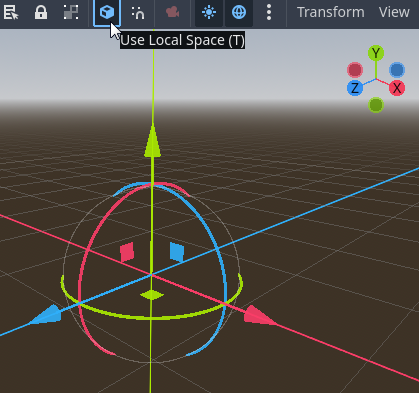If what I am going to say below is wrong, I would appreciate being corrected, since at the moment I have not seen any literature that would make me think otherwise.
REFERENCE: Euler angles - Wikipedia
When the orientation of a body is defined from three rotations, in some order, with respect to each axis of a system of fixed global axes, it is said that this orientation is being expressed with “extrinsic rotations.” The orientation can also be defined in terms of three intrinsic rotations, that is, in each step a rotation is considered referring to the initial position (in that step) of a system of axes rigidly attached to the object (whose orientation changes in each step). It is possible to relate the angles of intrinsic rotations with those of extrinsic rotations; working with one or the other is a matter of convenience. Two types of intrinsic rotations are commonly considered. One is given by Euler angles, which are made with respect to only two axes (where the first and third rotation repeat same axis). The other is the rotations given by Tait–Bryan angles, one for each axis. The latter are several, depending on the order of the rotations.
By default the orientation encoded in the INSPECTOR is expressed through a specific sequence of EXTRINSIC rotations. That is, the angles associated with each rotation around a fixed axis in general are neither Euler nor Tait-Bryan angles, because these are defined in INTRINSIC rotations.
REFERENCE: Using 3D transforms — Godot Engine (stable) documentation in English
However, the documentation calls Euler angles those used for extrinsic rotations in the INSPECTOR. Furthermore, in GODOT’s INSPECTOR there is a configuration called “Rotation Edit Mode”, which by default is precisely “Euler”.
So why does GODOT use the name “Euler Angle”? Additionally, I have seen other engines using the same designation in the same sense as GODOT, which I suspect is not a coincidence. What’s going on here?










